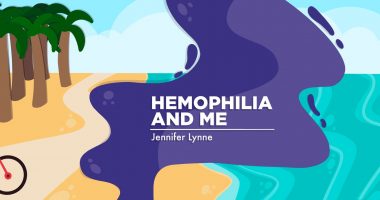Researchers Study Health-Related Quality of Life in Youth with Hereditary Bleeding Disorders

Researchers investigated self-reported health-related quality of life (HrQoL) in children and adolescents with hereditary bleeding disorders, such as hemophilia A, and found no differences between patients and their healthy siblings and peers.
The research paper, titled “Health-Related Quality of Life in Children and Adolescents with Hereditary Bleeding Disorders and in Children and Adolescents with Stroke: Cross-Sectional Comparison to Siblings and Peers,” was published in BioMed Research International.
Hereditary bleeding disorders (HBD) are a heterogenous group of diseases that include several conditions, such as the most frequent von Willebrand disease (vWD) and hemophilia A (HA). Such conditions are associated with a high burden of diseases, despite encouraging advances in prevention and improved treatment options.
Patients with hemophilia A, when under optimal medical care and not affected by blood-borne viruses, may have a similar life expectancy as the general population. However, it is still not clear if quantitative gains in terms of life expectancy are accompanied by qualitative gains in self-reported health-related quality of life (HrQoL).
The aim of the present study was to compare self-reported measures of HrQoL in a group of children and adolescents with a chronic medical condition but no expected functional restrictions, such as HBD, to their siblings and peers. Researchers also included, in a second group, data from children and adolescents with stroke and transient ischemic attack (TIA), to allow for comparisons between patients, siblings, and peers.
Researchers highlight that the most relevant finding in this study was the overall good HrQoL in children with hereditary bleeding disorders, as no differences in HrQoL occurred compared with their siblings. On the other hand, in children with stroke/TIA, there were differences reported in self-reported HrQoL.
Among other conclusions, researchers state that intense medical care of patients with hereditary bleeding disorders may give young patients a quality of life similar to their sisters, brothers, and friends. Impairment in self-worth observed in these young patients, compared to their healthy friends, may indicate a need for psychological support and for improvement of self-esteem.
“In children with HBD, HrQoL was comparable to siblings and peers. In children with stroke/TIA, HrQoL was comparable to siblings, while peers, independently of relevant confounder, showed better self-worth and friend-related wellbeing,” the researchers concluded.






